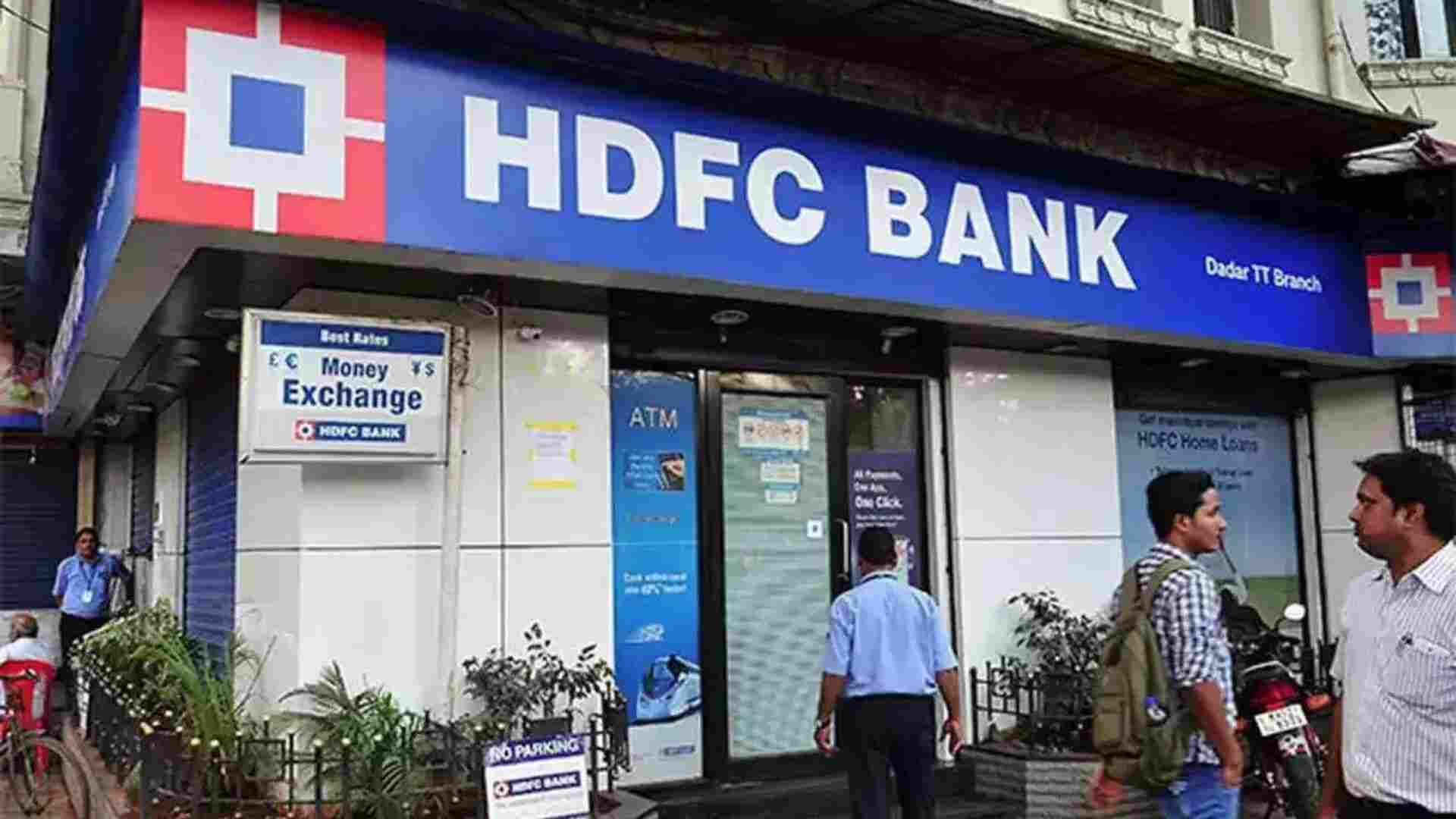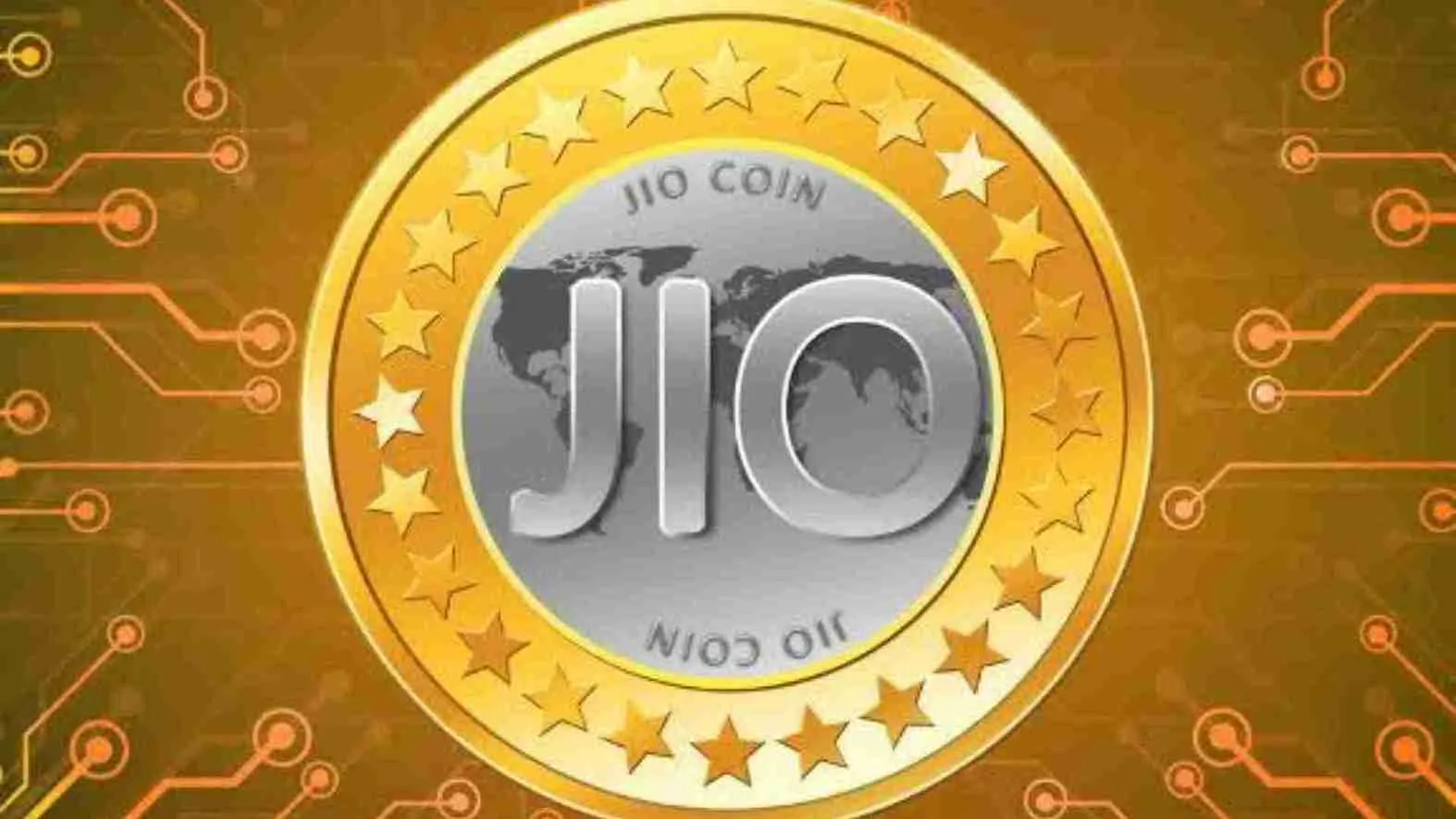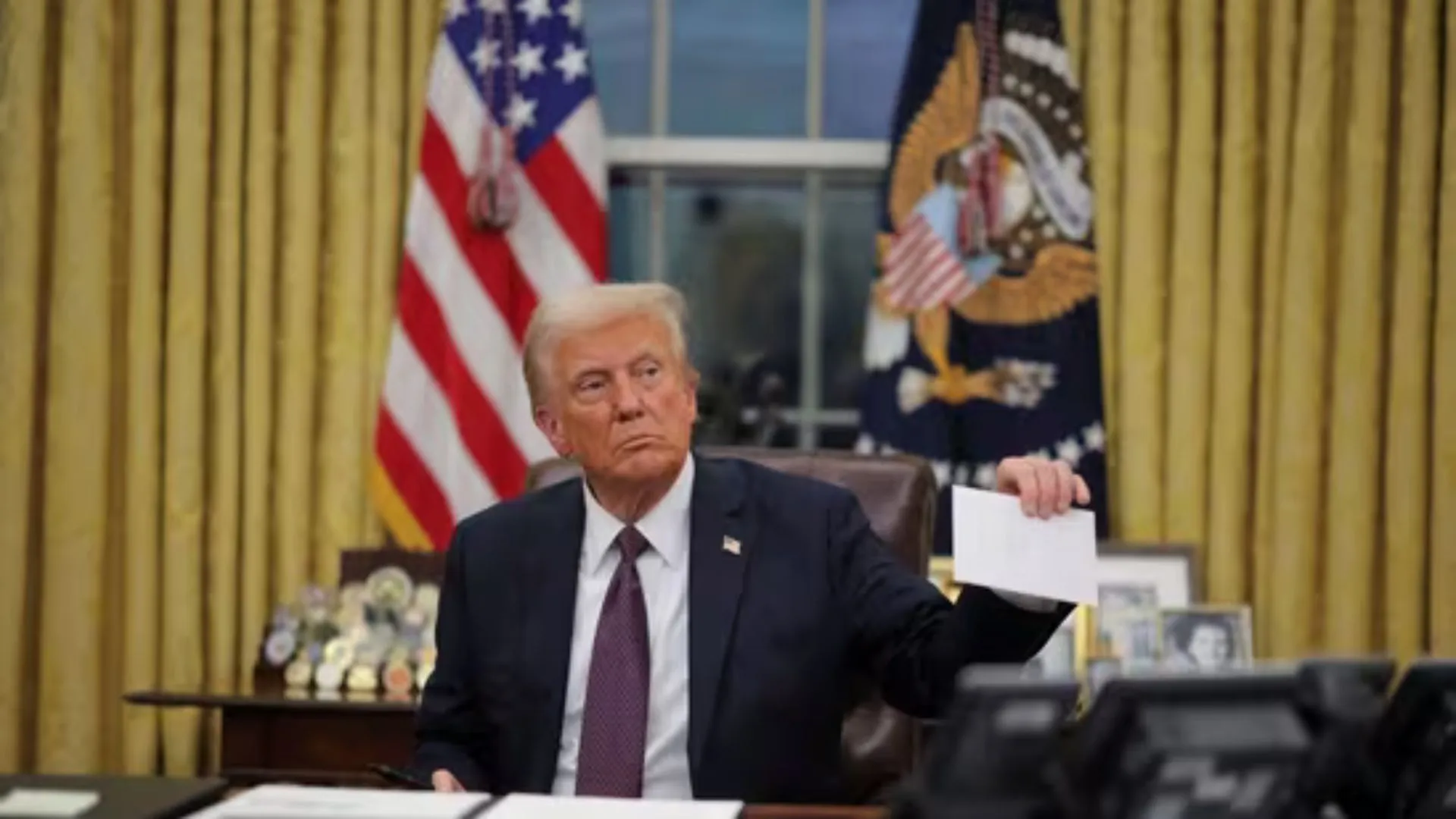HDFC Bank has announced a change in its notification system for low-value UPI transactions. Effective June 25, HDFC Bank customers will no longer receive text alerts for low-value UPI transactions. Instead, SMS alerts will be sent for UPI transactions over Rs 100 when sending money and for transactions over Rs 500 when receiving money. However, email alerts will still be sent for all transactions without any change.
In a communication sent to its customers via email and SMS, HDFC Bank stated: “Starting from 25th June, 2024: Email Alerts: Continue to receive email alerts for all UPI transactions. SMS Notifications: Now only for transactions above Rs 100 (money sent/paid) and Rs 500 (money received).”
The reason HDFC Bank is making this change
This adjustment aligns with banking regulations that mandate text alerts for transactions exceeding Rs 5,000. Despite this, many banks still send alerts for smaller transactions. HDFC Bank explained that customer feedback showed alerts for low-value transactions were considered ‘not useful,’ primarily due to the redundancy of notifications from UPI payment apps.
Banking experts pointed out that bulk text messages cost between Rs 0.01-0.03 each. Given that UPI transactions average about 40 crores per day, banks collectively spend several crores daily on these text message alerts.
UPI Lite: What is it and why banks are pushing it
Banks are encouraging the adoption of UPI Lite for transactions up to Rs 500. UPI Lite enables quick payments without requiring second-factor authentication by setting aside a small amount of money within the app.
In reducing the number of alerts for low-value transactions, HDFC Bank and other banks aim to simplify notifications for customers and reduce costs. This change is anticipated to improve user experience and promote the use of UPI Lite for smaller transactions.
Users have the option to register their email with HDFC Bank to receive notifications for all UPI transactions.
How you can register for email to receive all the UPI transaction alerts
Step 1: Visit the website https://instaservices.hdfcbank.com/?journey=107&source_type=103.
Step 2: Enter your registered mobile number.
Step 3: Choose to verify using your Date of Birth (DoB), PAN card number, or Customer ID, then click on “Get OTP.”























